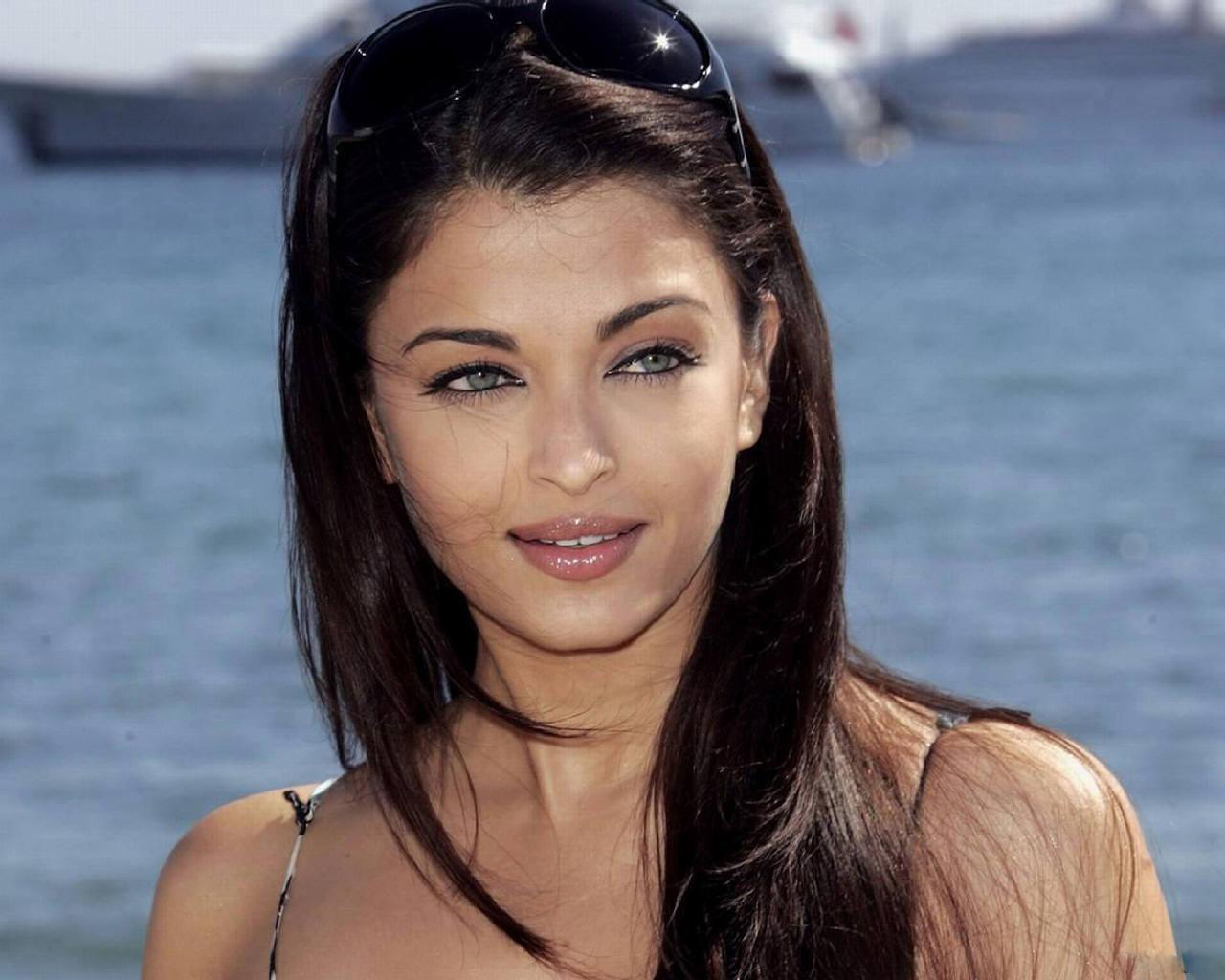

The Prettiest Woman In The World: A Deep Dive Into Beauty Standards And Icons
The concept of beauty has always been subjective, yet the title of the "prettiest woman in the world" often sparks intense debate and discussion. Various cultures and societies have their own unique interpretations of beauty, influenced by historical, social, and individual factors. As we delve into this captivating topic, we will explore the attributes and characteristics that define beauty, the impact of media and pop culture, and profiles of women who have been celebrated for their beauty throughout history.
In this article, we will analyze how beauty standards have evolved over time and how they differ across cultures. We will also discuss the significance of beauty in society, including its implications on self-esteem and social dynamics. Finally, we will highlight some of the most recognized women who have been labeled as the prettiest, considering their contributions to society and culture.
By the end of this piece, you will not only understand the diverse perspectives on beauty but also appreciate the multifaceted nature of what it means to be considered the prettiest woman in the world.
Table of Contents
- 1. The Definition of Beauty
- 2. Cultural Standards of Beauty
- 3. The Impact of Media on Beauty Perception
- 4. Icons of Beauty Throughout History
- 5. The Modern-Day Prettiest Women
- 6. Beauty and Self-Esteem
- 7. Statistics on Beauty Standards
- 8. Conclusion
1. The Definition of Beauty
Beauty is often described as a combination of qualities that pleases the aesthetic senses, especially sight. However, it encompasses much more than physical appearance. Attributes such as kindness, intelligence, and charisma often contribute to a person's overall beauty. The phrase "beauty is in the eye of the beholder" encapsulates the idea that perceptions of beauty vary greatly from person to person.
1.1 Characteristics of Beauty
Some common characteristics associated with beauty include:
- Facial symmetry
- Clear skin
- Healthy hair
- Confident demeanor
- Charismatic personality
2. Cultural Standards of Beauty
Cultural standards of beauty can vary significantly across different societies and time periods. For instance, in some cultures, curvier figures are celebrated, while in others, a leaner physique is preferred. These standards are often shaped by historical context, media representation, and societal norms.
2.1 Historical Perspectives
Throughout history, the ideals of beauty have changed dramatically. For example:
- In the Renaissance era, fuller figures were seen as a sign of wealth and health.
- The 1920s flapper era favored a boyish silhouette.
- The 1990s supermodel era celebrated tall, slender bodies.
3. The Impact of Media on Beauty Perception
The media plays a crucial role in shaping our perceptions of beauty. From magazines to social media platforms, the representation of women can influence societal standards and individual self-image. The portrayal of ideal beauty often leads to comparisons and unrealistic expectations.
3.1 Social Media Influence
With the rise of social media, beauty standards have become more accessible yet more challenging to navigate. Influencers and celebrities often set trends, while editing tools can create unattainable images of perfection.
4. Icons of Beauty Throughout History
Many women have been celebrated for their beauty and have become icons in their own right. Here are a few notable figures:
- Audrey Hepburn - Known for her elegance and grace, she remains a timeless symbol of beauty.
- Marilyn Monroe - A cultural icon of the 20th century, she represents the beauty ideals of her era.
- Princess Diana - Recognized for her compassion and style, she is remembered for both her beauty and humanitarian efforts.
5. The Modern-Day Prettiest Women
In contemporary society, the title of the "prettiest woman in the world" often goes to public figures who embody current beauty standards. Some notable mentions include:
- Angelina Jolie - Renowned for her striking features and humanitarian work.
- Scarlett Johansson - Celebrated for her versatility and beauty in film.
- Beyoncé - An icon of empowerment and beauty in the music industry.
6. Beauty and Self-Esteem
The relationship between beauty and self-esteem is complex. While being considered beautiful can enhance self-confidence, societal pressures can also lead to self-doubt and insecurity. Understanding this dynamic is essential for fostering a healthy self-image.
6.1 Building Self-Esteem
To cultivate self-esteem, individuals can:
- Engage in positive self-talk.
- Surround themselves with supportive people.
- Focus on personal strengths and talents.
7. Statistics on Beauty Standards
Several studies highlight the impact of beauty standards on mental health and self-perception. Key statistics include:
- According to a survey by the American Psychological Association, 80% of women feel pressure to meet certain beauty standards.
- A report by the Dove Self-Esteem Project indicates that only 4% of women around the world consider themselves beautiful.
8. Conclusion
In conclusion, the title of the prettiest woman in the world is not just about physical appearance; it encompasses a wide range of attributes, cultural influences, and personal achievements. Beauty is a multifaceted concept that varies across cultures and time periods. By understanding and appreciating these diverse perspectives, we can foster a more inclusive definition of beauty.
We invite you to share your thoughts on beauty standards and to engage in the conversation. What does beauty mean to you? Leave a comment below, and don’t forget to check out our other articles for more insights into this fascinating topic.
Thank you for reading, and we hope to see you back on our site soon!
Exploring The New James Bond Character: A Fresh Era For 007
Keeley Hawes And Matthew Macfadyen Split: A Deep Dive Into Their Relationship
Sara Dylan Today: A Deep Dive Into Her Life And Career

